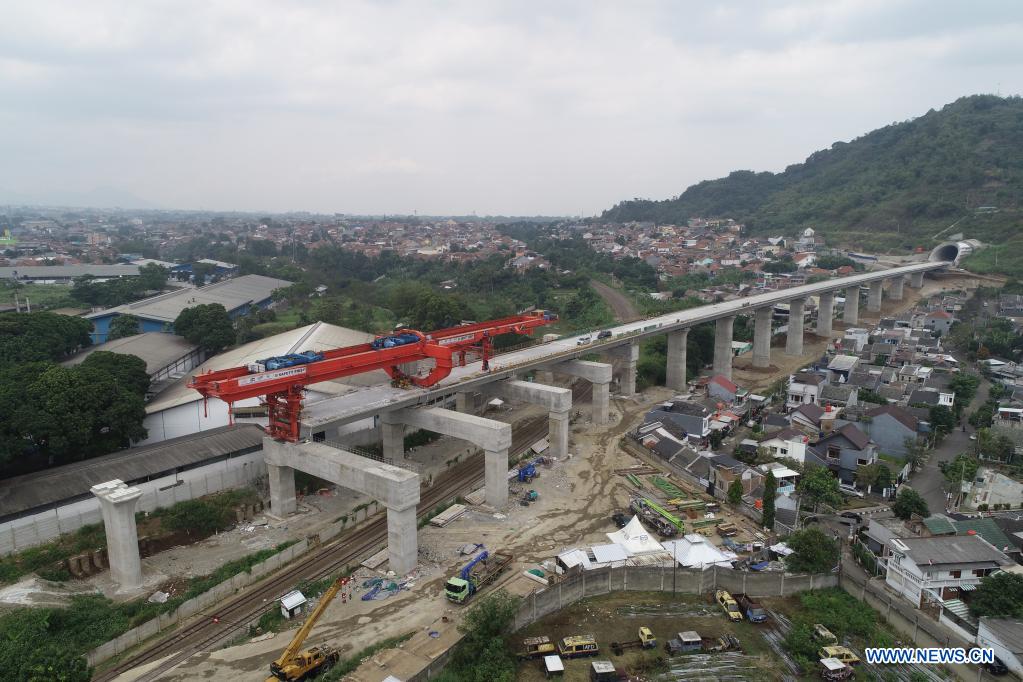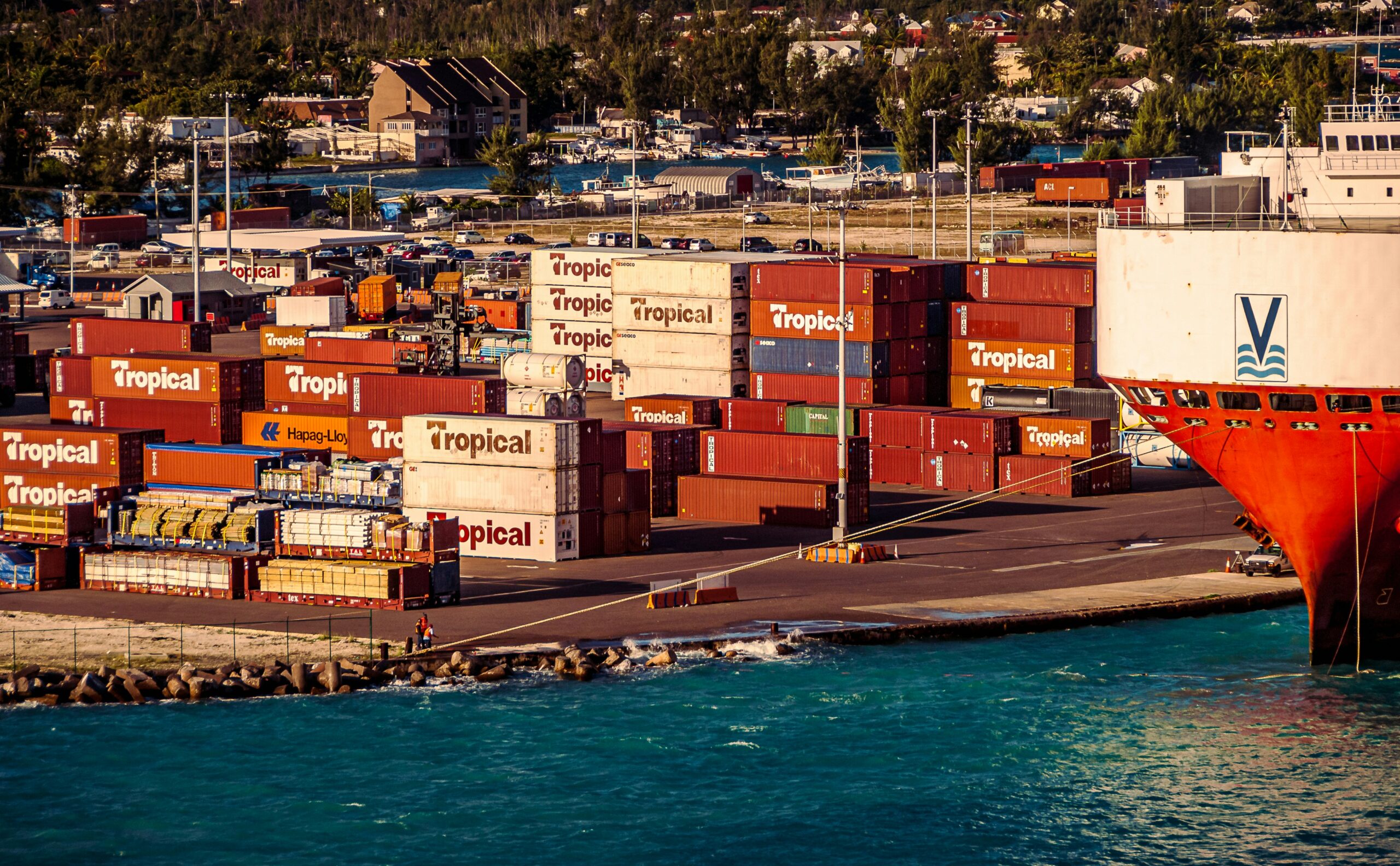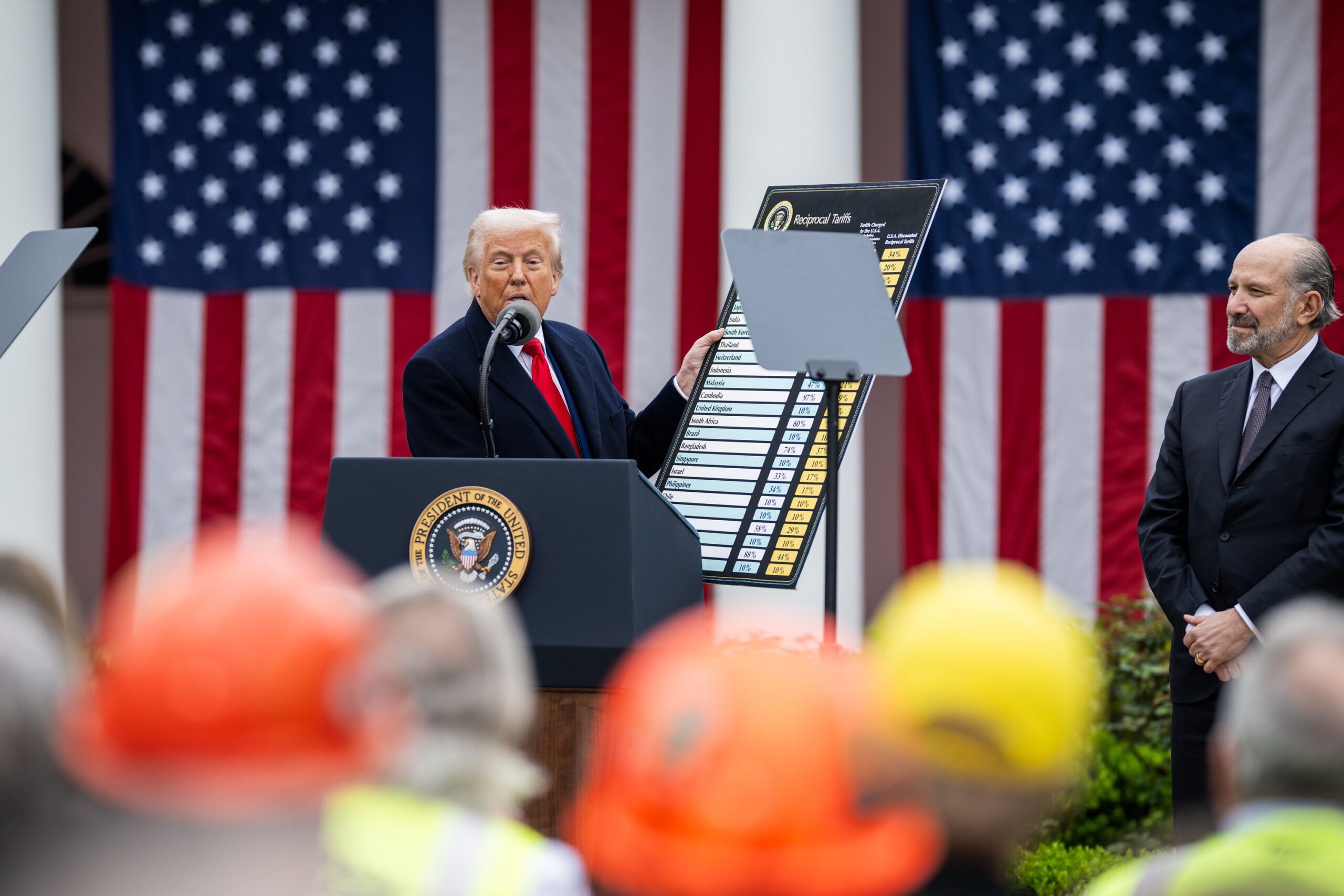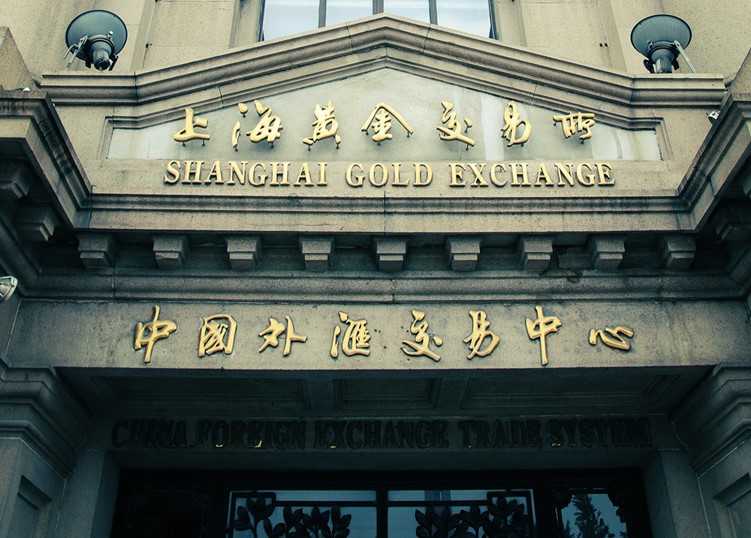Story at a glance…
-
China’s Belt and Road Initiative was launched 10 years ago this month.
-
Despite immense difficulties and headwinds from political change and investment uncertainty, undoubted benefits have been reaped.
-
Whether or not the BRI can survive among changing economic conditions in China or geostrategic competition is difficult to determine.
In October of 2013, a fresh-faced Xi Jinping stood in Beijing, Jakarta, and Astana and announced what became known as the Belt and Road Initiative (BRI), a dramatic infrastructure and development plan to finance the Global South’s development, connect their markets directly and physically to the West, and strengthen economic cooperation across a turbulent Asia.
As of August 2023, 155 countries were listed as having signed up to the BRI. The participating countries include almost 75% of the world’s population and account for more than half of the world’s GDP. Projects have included ports, skyscrapers, railroads, roads, bridges, airports, dams, coal-fired power stations, and railroad tunnels, all of which increased China’s outward investment in the world to over $150 billion per year private and public.
Throughout the decade, the BRI has been criticized as exploitative, with a think tank in India labeling it a kind of “debt trap diplomacy”. Apart from the fact that all members of the BRI had to voluntarily agree, after seeing project proposals and financing contracts, to sign them, a large number of scholars from across the world view the accusations of “debt trap diplomacy” or “salami slicing” as everything from misguided to myth.
One 2019 paper for example includes BRI financing cases in Angola, Djibouti, Sri Lanka, and Venezuela, and found they were so far from any kind of malintention that the author, Deborah Bräutigam, a professor at the School of Advanced International Studies (SAIS) at Johns Hopkins University, reduced the debt trap idea to nothing more than a “meme”.
Looking further down the belt and road, beyond media headlines, there have been significant challenges and criticisms but there have also been significant successes; with as much material to read from one perspective as from the other.
It’s significant even that the initiative was launched, or that it has made it 10 years and outlasted several other half-hearted attempts by the US to compete with it. For all its long history, China has led by example rather than instruction, changing the cultures around and within it based on how it structured its own society, its own military, and its own economy. The Silk Roads functioned because China had something the world wanted, and people were willing to travel overland for months to get it.
By contrast, the launch of the Belt and Road Initiative saw one of the great inward-looking powers load itself into a firework and launch into the vast majority of the world, leading a dance of development in any number of profoundly different cultures with profoundly different systems of governance and customs.
Some countries in Africa have reported unreasonable debt conditions, ornery officials, and even occasional land grabbing by Chinese firms. However, over 10,000 kilometers of roads and 6,000 kilometers of railways have nevertheless been completed on the continent.
At the 10-year mark, it’s worth taking a look at where those belts and roads have gone.
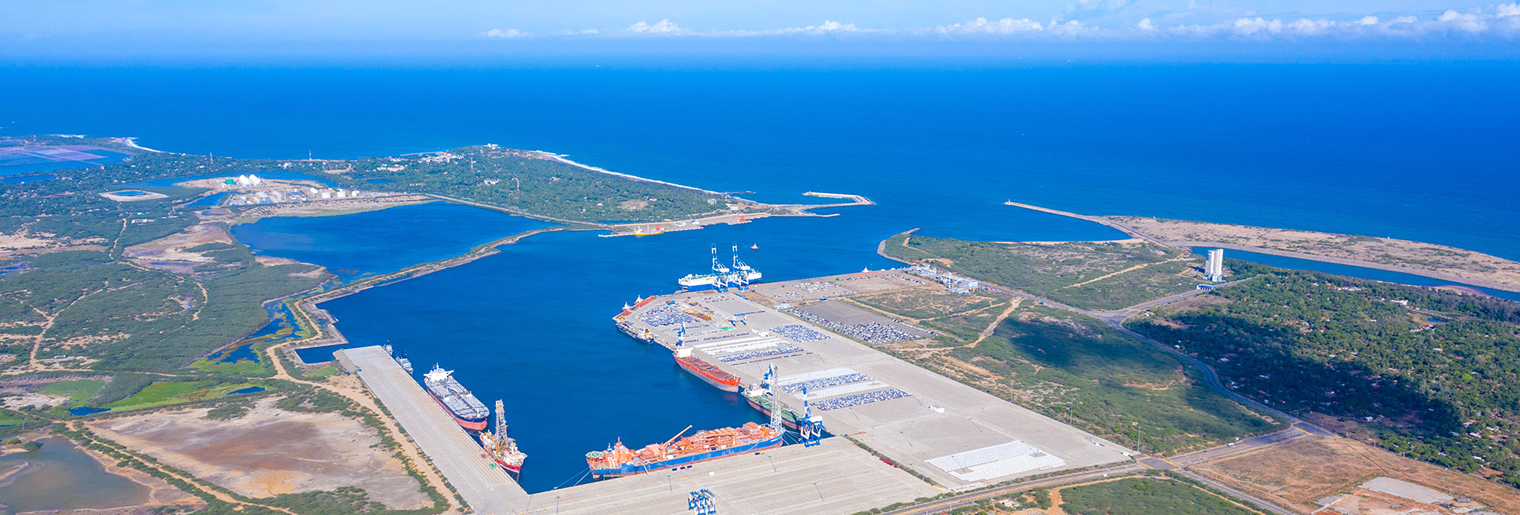
Unsustainable, or irresistible?
A perfect example of the duality of the BRI is the Lowy Institute’s 2019 report entitled Ocean of Debt, which headlined a finding that China was not behind unsustainable debt burdens and financing in the Pacific, or Oceania. It found that with interest rates of 2%, a 5 to 7-year grace period, and a maturity of 20 years, Chinese concessional loans given to countries like Papua New Guinea, Fiji, and Samoa were very favorable compared to every other option on the market at that time. With growth rates above 2%, every nation in the Pacific at the time of signing looked to be able to easily grow out of any financing with China.
However, a previous investigation of BRI projects in Tonga, Samoa, Vanuatu, and the Cook Islands found that whether the projects were good quality or reliably finished largely depended on the conditions of negotiation by the host governments, and the amount of oversight they dedicated, with writers at Lowy detailing the Chinese contracting firms’ tendencies to cut corners or overcharge for materials.
The best way to see if debt trap diplomacy is at work in the BRI project pipeline would be to look at how China deals with missed payments, unsustainable debt, or default. The Center for Global Development in Washington D.C. examined 68 countries and found only 8 were at risk from debt distress based on an identified pipeline of project lending associated with BRI. In the vast majority of cases, China restructured loans, waived payments and almost never conducted asset seizure.
This was also supported by findings from the Rhodium Group of New York City, detailing that “debt renegotiations usually involve a more balanced outcome between lender and borrower, ranging from extensions of loan terms and repayment deadlines to explicit refinancing, or partial or even total debt forgiveness,” especially in the case of a change in government, where Beijing was “often compelled to agree to term renegotiations, usually to borrowing countries’ advantage,” the report from 2019 found.
This has been found in studies from the London School of Economics, and a variety of other publications, almost all of which single out two incidents in Tajikistan and Sri Lanka where China seized land in the former’s case and the Hambantota Port in the latter’s, as limited evidence of exploitative practices. Indeed Sri Lanka was by no means heavily indebted to China relative to its own debt-to-GDP ratio, and to other BRI participants in 2019.
One might conclude by saying that China’s lending terms are actually so favorable, that corrupt or irresponsible governments have taken to abusing them, or that because they’re so favorable, there are BRI projects in over 100 countries, and so naturally complications in financing will arise due to the sheer number of them.
A decade of rocky success
“After a decade of more than 3,100 projects across almost 150 countries amounting to more than US$1 trillion, the steadily rising importance of the Global South is becoming clear, as is China’s role in shaping it,” wrote David Dodwell, CEO of the trade policy and international relations consultancy, Strategic Access.
According to a 2019 World Bank study, the BRI is expected to add real income gains of between 1.2 and 3.4% for countries along the route. Infrastructure of seemingly good quality has been going up in places where by some accounts it otherwise would not have; headlined by the Mombasa–Nairobi standard gauge railway, the China-Laos railway, and the recently-inaugurated Jakarta-Bandung high-speed railway.
Dodwell summarizes the first 10 years of the initiative by highlighting that infrastructure by nature is a difficult investment to get right, and requires loads of advanced planning, very low time preference on the part of financiers and investors, and financing commitments despite an often uncertain future in the case of less-than-stable Asian or African governments.
He also noted that by revitalizing the ancient Silk Roads, the original namesake of the BRI, the huge, impoverished, and occasionally fundamentalist western province of Xinjiang could seek markets for its many goods overland to the West all the way to Iran, increase regional GDP, and hopefully dissuade the Uyghur inhabitants from further violence. China’s economic and security interests, Dowell writes, perfectly aligned; as they did over the Maritime Silk Road through the South China Sea all the way to the oil markets in the Middle East.
Understandably sympathetic to his nation’s cause, the executive dean at Chongyang Institute for Financial Studies Wang Wen, authored his own decadal review of the BRI and noted that the reason there was such an investment hole in the Global South for the BRI to fill (a $900 billion hole in Southeast Asia alone) was because of decades of what he termed the “Washington Consensus” of aid-based development strategies. He uses the parable of giving a man a fish or teaching him to fish.
The Initiative remains relevant and popular today. At the recent 2023 Belt and Road Conference in Hong Kong, out of 800 project proposals by attending business from 70 countries, 280 received matching funding across the Belt and Road project area, which underpins the fact that this transformative collection of projects known as the BRI has an official sunset in 2049—suggesting the current efforts have amounted to the inaugural fiscal quarter.
With a history of frustrating failures and silent successes, the Belt and the Road may face stronger headwinds than ever before as the Chinese economy appears to be slowing down on a permanent basis. Economic troubles at home will inevitably spur economic troubles for outward investment. Also a challenge will be competing interests and projects within the Chinese Communist Party at every subsequent congress, perhaps from the perceived necessity to provide bigger and bigger aims and promises to the Chinese people and the world.
Without a doubt, the most relevant reviews of the BRI will not be, like this one, published on its tenth anniversary, but those published in the subsequent anniversaries to come. WaL
PICTURED ABOVE: Box girders erected on the Jakarta-Bandung high-speed railway, a high-value, high-prestige project in the BRI. PC: Xinhua
